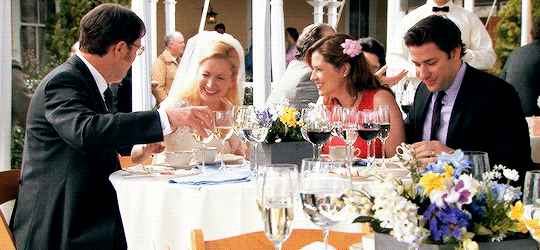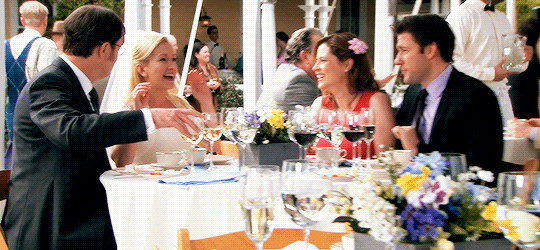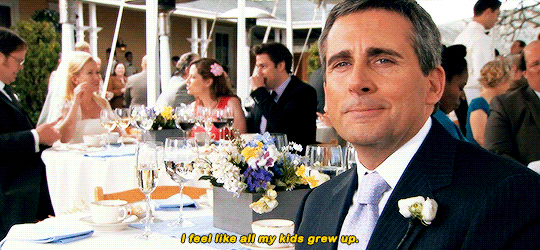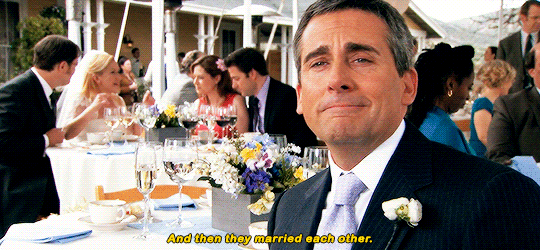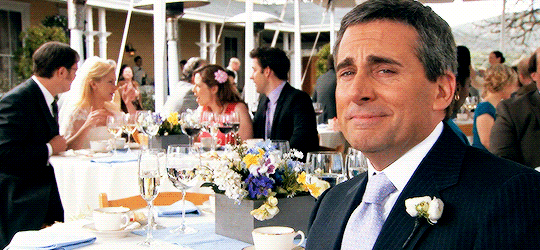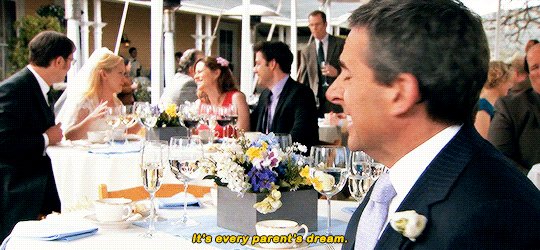Don't wanna be here? Send us removal request.
Text





Maged on set working on a shoot
Maged editing his photos in the post production
Maged entering his ID at AUC
Maged drinking coffee in order to cope with his busy schedule
Maged catching up on some reading at the library
@photo2230
0 notes
Photo



- 5 E.L.
ISO: 200
Aperture: 2.8
Shutter speed: 1/500s
- Motorcycle
ISO: 100
Aperture: 14.0
Shutter speed: 1/20s
- Windows
ISO: 800
Aperture: 2.8
Shutter Speed: 1/160s
@photo2230
Upon my arrival at Moaz Street, I looked over to my friend and said to him, “don’t you think it’s kind of problematic that we are here trying to get a good photo of people here who are just going about with their daily lives, and we see that as interesting enough to be photographed? Don’t you feel that’s a bit extortionate?” My friend, who already works professionally in photography and relatively has a lot of experience in the field, turned to me and said that “we get a lot of bad looks when we’re on assignment. If you want anything to do with photography, you have to get used to it.” We both laughed about it and carried on. Throughout our visit we had many encounters where this was obvious, in order to get a good photo or have any progress, you have to put your ego second and your photography first. There was this one salesman who we had asked to take a photo of when he was flinging some sort of contraption that he was trying to sell. He vehemently refused even when we offered to buy his entire stock. It was obvious to me then that the people in Moaz Street actually did feel that their daily routines were being extorted. To them, the way they live is normal. But to photography, everything is not normal if it is captured right. That’s the gap in knowledge or understanding that I felt existed there.
0 notes
Photo


@photo2230
Shutter speed: 1/100
Aperture: f16
ISO: 100
1 note
·
View note
Text


1:
Aperture: F 7.1
ISO: 100
Shutter speed: 1/125 s
2:
Aperture: F 8.0
ISO: 100
Shutter speed: 1/320 s
@photo2230
1 note
·
View note
Text

Aperture: F8.0
White balance: Auto
ISO: 250
Shutter speed: 1/125 s
5 notes
·
View notes
Photo


Both these photographs present inactive construction sites. It’s fair to say that both of them give off a somewhat somber, depressive vibe, probably due to the concept of construction. It is like a space that is in a state of limbo, it’s neither something nor nothing. This is why I feel that landscape photography that concerns itself with construction is one of the least vibrant types of photography since the subject of the photograph is usually incomprehensible, just a bunch of steel and cement presented in a ramshackle manner.
1 note
·
View note
Photo
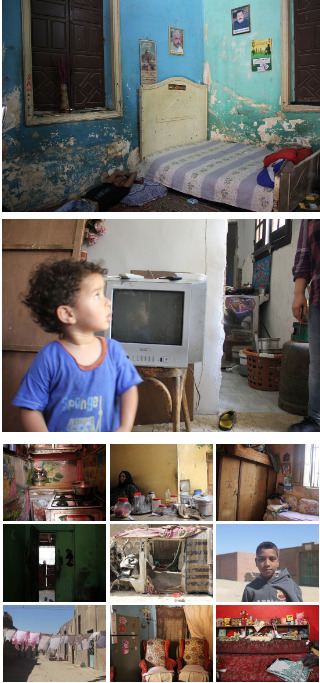

The top set of photographs, taken by Yasmeen Shaheen, is aimed at portraying the life conditions of two million Egyptians that live in cemeteries. Given the context of their homes, it is fair to say that these people are to some extent alienated from the rest of society. The bottom set by Tara Todras-Whitehill also deals with a forgotten people; the people of Nubia. These people are also subjects of alienations in Egypt; however, their alienation is probably more severe. Their displacement during the construction of the Aswan leads one to think: is the state’s neoliberal approach to economy alienating people for the sake of others that are perceived more Egyptian? Is being Egyptian a spectrum where Nubians are the least Egyptian and people that are forced to live in cemeteries are very slightly further along the spectrum? Both photographers portray this effectively through the documentation and profiling of the two peoples’ daily lifestyles and homes.
1 note
·
View note
Photo

1. Khalik Allah is documenting the lives of the “Field Niggas” he is referring to in hopes of better portraying them through portrait photography and videography . Other genres include wildlife, sport photography and photojournalism
2. By extending the light into people’s lives, he is trying to represent people that are otherwise misrepresented or misunderstood so that others can better relate to these people and no longer fear them.
3. By photographing people, he is extending knowledge of their habits, inclinations and behaviors to people who would be too afraid to interact with these people firsthand.
4. From his perspective, photography is a humanitarian tool to some extent where he elevates people that would be commonly perceived to be pernicious individuals that wouldn’t normally be accepted into mainstream society.
5. I don’t believe it brings out understanding as much as it brings representation of these individuals. The audience of his work can still apply their prejudices and preconceptions to the photos presented.
1 note
·
View note
